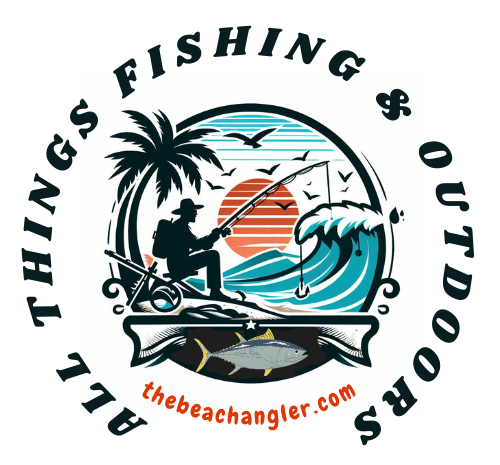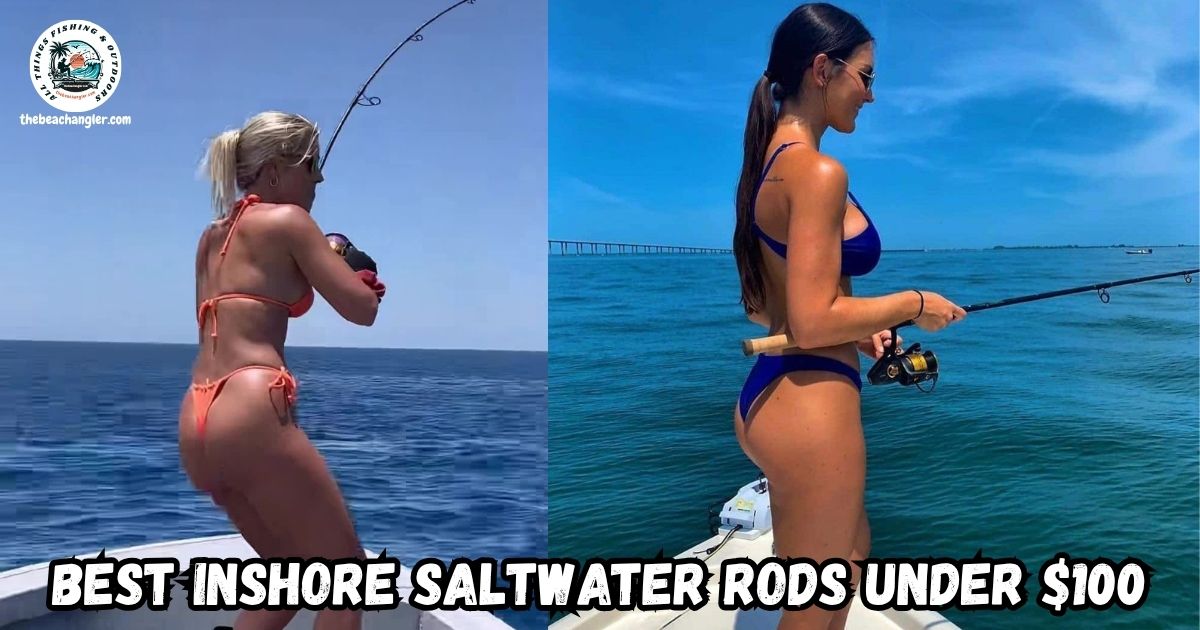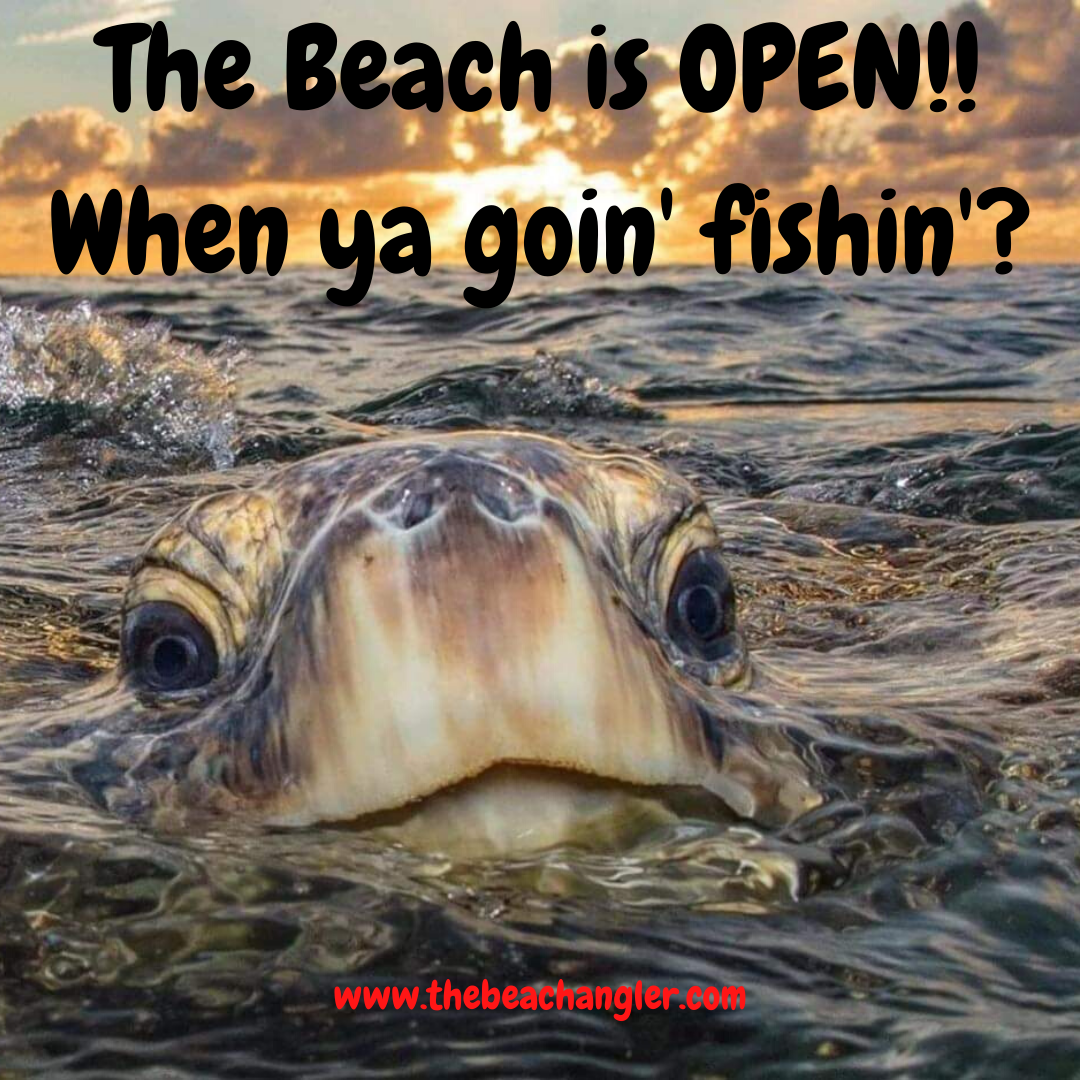Finding a quality saltwater inshore fishing rod without spending more than $100 can be a real win for anglers, whether you’re new to inshore fishing or just working with a limited budget. I’ve spent years searching for gear that strikes the right balance between cost and performance.
QUICK LOOK: Saltwater Inshore Fishing Rods Under $100
- Ugly Stik GX2 Inshore: Famous for toughness, GX2 rods handle saltwater abuse and aren’t overly heavy. The 7-foot medium model is a versatile pick for most inshore species. The composite blank offers a mix of sensitivity and durability, plus the guides handle braid neatly.
- Penn Squadron III Inshore: I like the Penn Squadron series for value and saltwater resistance. The 7-foot medium fast-action rod is light, comfortable, and has stainless steel guides with inserts designed for braid.
- KastKing Crixus: These rods pop up on sale often. Built with IM6 graphite, they’re lighter and pretty sensitive for their price. The splitgrip EVA handle on the 7-foot medium option feels good, even after hours of casting.
- Okuma Longitude Surf Rod (7′ version): Although marked for light surf, this rod doubles nicely as an inshore stick, especially if you’re after bigger fish near jetties or bridges. Okuma’s guides and reel seats are made for saltwater use.
- Berkley Lightning Rod Inshore: Berkley Lightning rods are a classic for anglers on a budget. The Inshore model, with stainless guides and an ergonomic handle, stands up well to tough conditions.
With the right rod, catching redfish, snook, seatrout, and flounder in bays and tidal creeks can be both productive and enjoyable. I’m going to break down what you should look for, share a few recommendations, and offer some personal tips to help you get the most value for your money.
Why Choosing the Right Inshore Saltwater Rod Matters
The difference between a good day and a bad day on the water sometimes comes down to your rod. A rod that’s comfortable, responsive, and tough enough for saltwater is really important when targeting inshore species. Saltwater can be rough on gear.
Corrosion and wear quickly add up if your rod isn’t built with the right materials. Inshore fishing also means a lot of casting and working lures in shallow areas, so rod sensitivity and action play a big role. I’ve lost fish in the past simply because my rod didn’t have the backbone or guides to handle braided line or heavier catches.
Choosing the right rod makes long trips more comfortable and helps you land more fish. Plus, a proper inshore rod can make your presentations much more enjoyable, giving you the confidence to target bigger fish and try out new spots with ease.
What to Look for in a Saltwater Inshore Rod Under $100
When picking a rod under $100, I always keep these features at the top of my checklist:
- Length: Rods in the 7 to 7.5-foot range are my usual go-to for inshore. They provide good casting distance and make it easier to work baits along shorelines or grass flats. For kayak anglers, a rod just over 7 feet is especially helpful for making longer casts and handling fish around the vessel.
- Power: Medium power is the sweet spot for most inshore fishing. It’s sensitive enough for soft bites yet strong enough for bigger fish.
- Action: Fast action tips mean you’ll feel even small bites and get faster hook sets. They’re also more versatile with different lures and rigs, taking your fishing setup up a notch.
- Guides: Stainless steel or ceramic guides are super important for resisting saltwater corrosion and handling braided lines, which are popular for inshore fishing.
- Material: Composite, fiberglass, or lower-tier graphite rods often hit the best price point. They handle the abuse of saltwater while staying budget-friendly. These rods can take a beating and are less likely to snap under pressure, making them a favorite among seasoned anglers and newcomers alike.
- Grip: Cork and EVA foam handles are both solid choices, but comfort comes down to your personal feel. I like rods with well-balanced, comfortable grips for all-day use. Ergonomic grips also help reduce hand fatigue during long sessions.
- Warranty: Even at this price, some brands offer decent warranties. It’s a nice bonus and shows confidence in their product.
How to Find the Best Saltwater Inshore Rods Under $100
I’ve found that careful shopping is the best way to track down affordable, reliable rods. Here’s what works for me:
- Research brands: Stick with names known for quality and value. My favorites in the $100 range are Ugly Stik, Penn, Okuma, and KastKing. These brands tend to have good customer reviews and a long track record with saltwater anglers. You’ll find that these rods are often recommended in local bait shops and fishing forums because of their consistency in performance.
- Compare materials: Fiberglass or composite rods are more budget-friendly and still handle saltwater well. I use them for tough conditions or when I don’t want to risk pricier gear. While high-end graphite provides top sensitivity, modern composites mix in strength and affordability.
- Shop online: I frequently find the best deals on Amazon, Tackle Warehouse, and fishing-specific retailers. Shopping online means you can read honest reviews from other anglers to see how a rod holds up over time. Sometimes you’ll even stumble upon a special sale or bundle offer that makes the purchase an even better value.
- Look for inshore-specific features: Some rods are clearly marked for inshore use, often with saltwater-rated components, longer blank options, and guides made for braid. I always check for these details in the product description before buying, since these extra touches can add years to the life of your rod.
- Consider used rods: There’s nothing wrong with picking up a gently used rod. I often browse online forums, classified ads, or local tackle shops for well-cared-for rods at a serious discount. Used rods provide great value, especially if you’re able to give them a once-over in person before buying.
- Read reviews: Reviews can point out hidden gems or steer you away from common problems, like guides that rust quickly or grips that get slick when wet. Checking reviews lets you spot any recurring issues before making your choice.
My Picks for the Best Inshore Saltwater Rods Under $100
Through years of trying new rods, here are a few options I’ve personally had good luck with or seen consistently solid reviews on:
Recommended Saltwater Inshore Rods Under $100
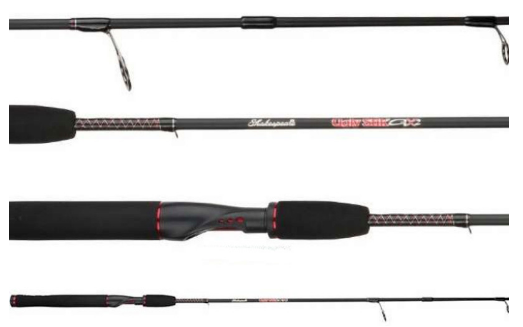
Ugly Stik GX2 Inshore:
Famous for toughness, GX2 rods handle saltwater abuse and aren’t overly heavy. The 7-foot medium model is a versatile pick for most inshore species. The composite blank offers a mix of sensitivity and durability, plus the guides handle braid neatly. You’ll find these rods all over the Gulf Coast for a reason—they just keep catching fish.
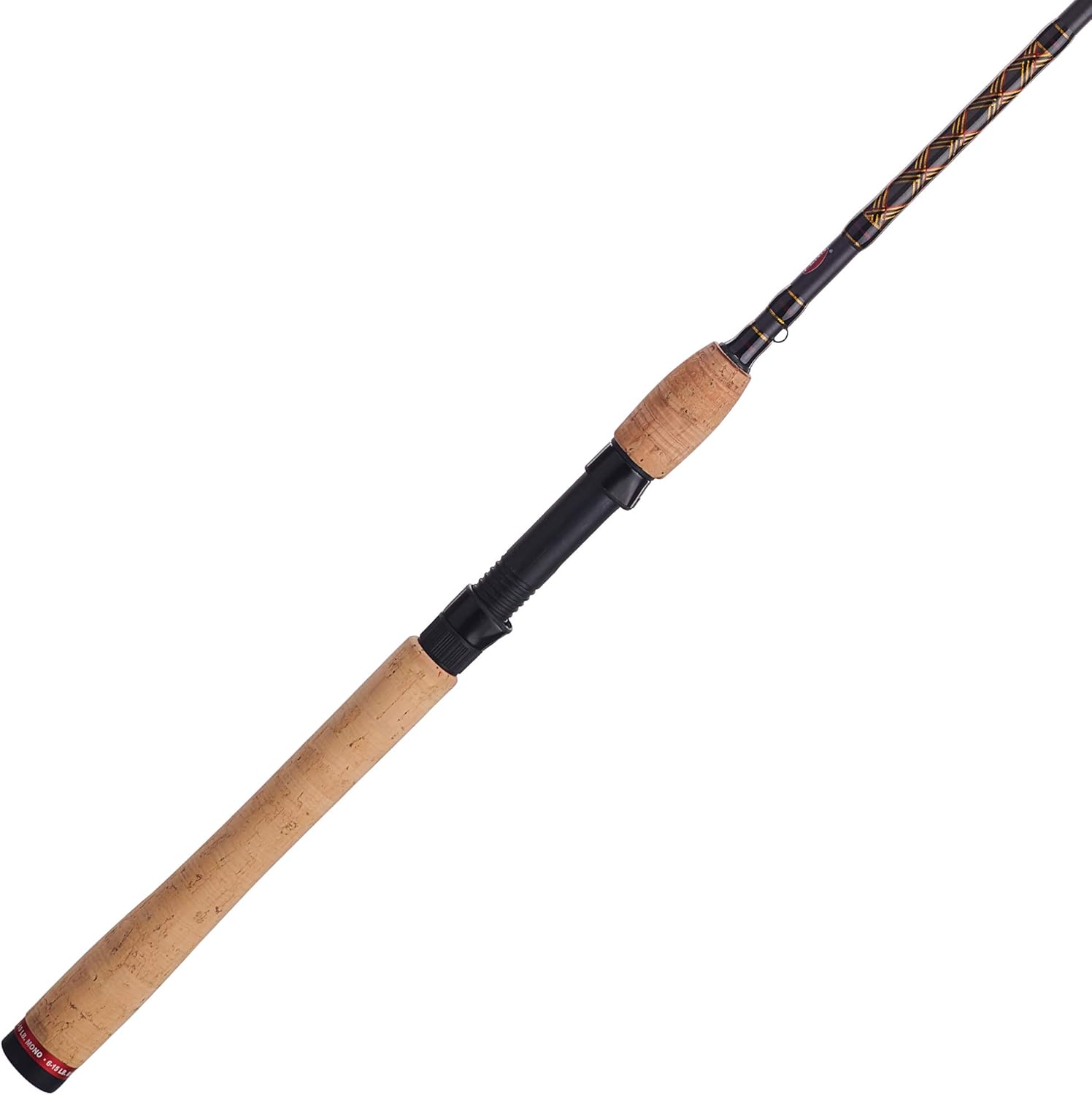
Penn Squadron III Inshore:
I like the Penn Squadron series for value and saltwater resistance. The 7-foot medium fast-action rod is light, comfortable, and has stainless steel guides with inserts designed for braid. In my experience, Penn rods give a boost to casting comfort, making them a joy on longer trips.
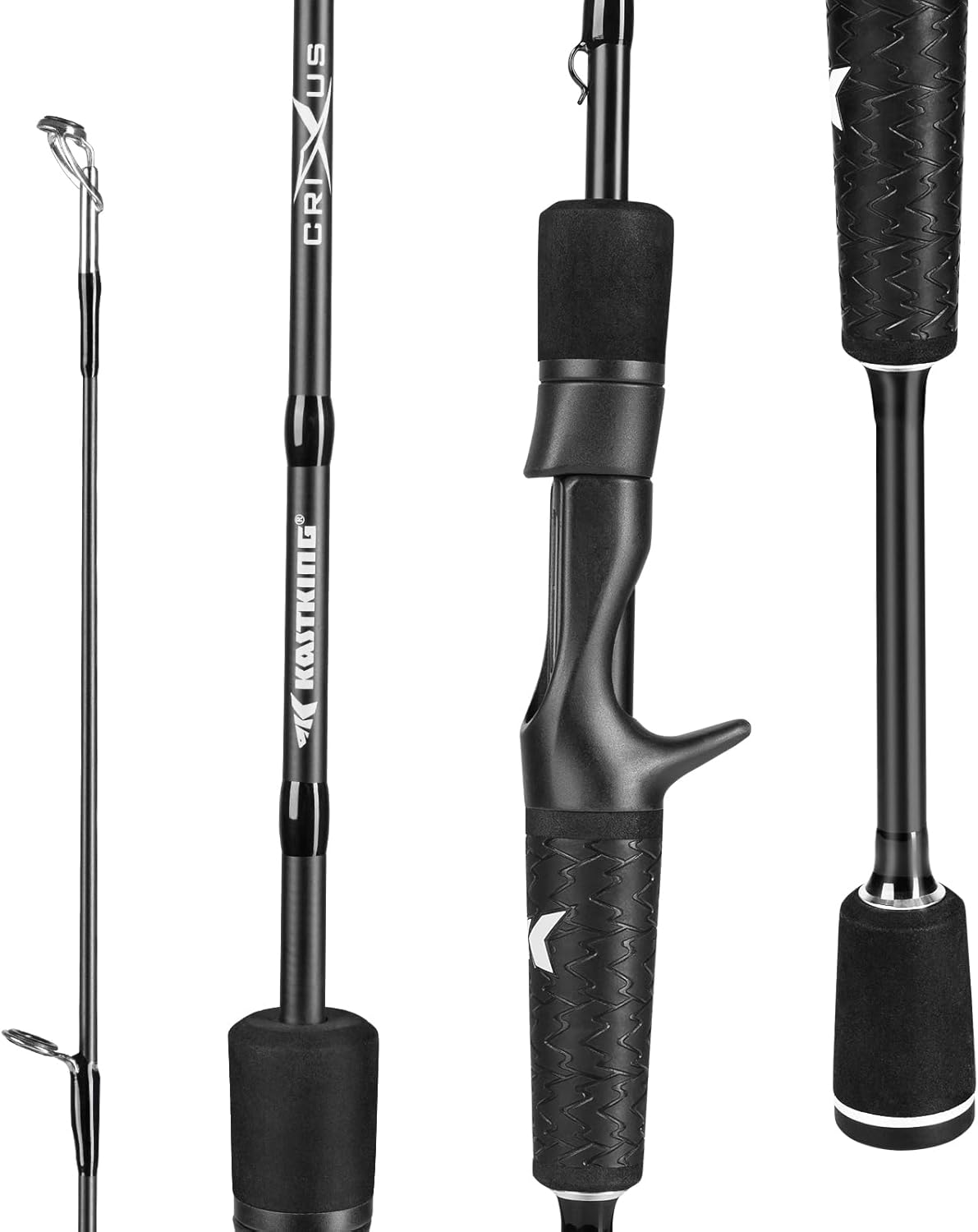
KastKing Crixus:
These rods pop up on sale often. Built with IM6 graphite, they’re lighter and pretty sensitive for their price. The splitgrip EVA handle on the 7-foot medium option feels good, even after hours of casting. The Crixus is one of those rods that surprises you with its next-level cool feel at a wallet-friendly price.
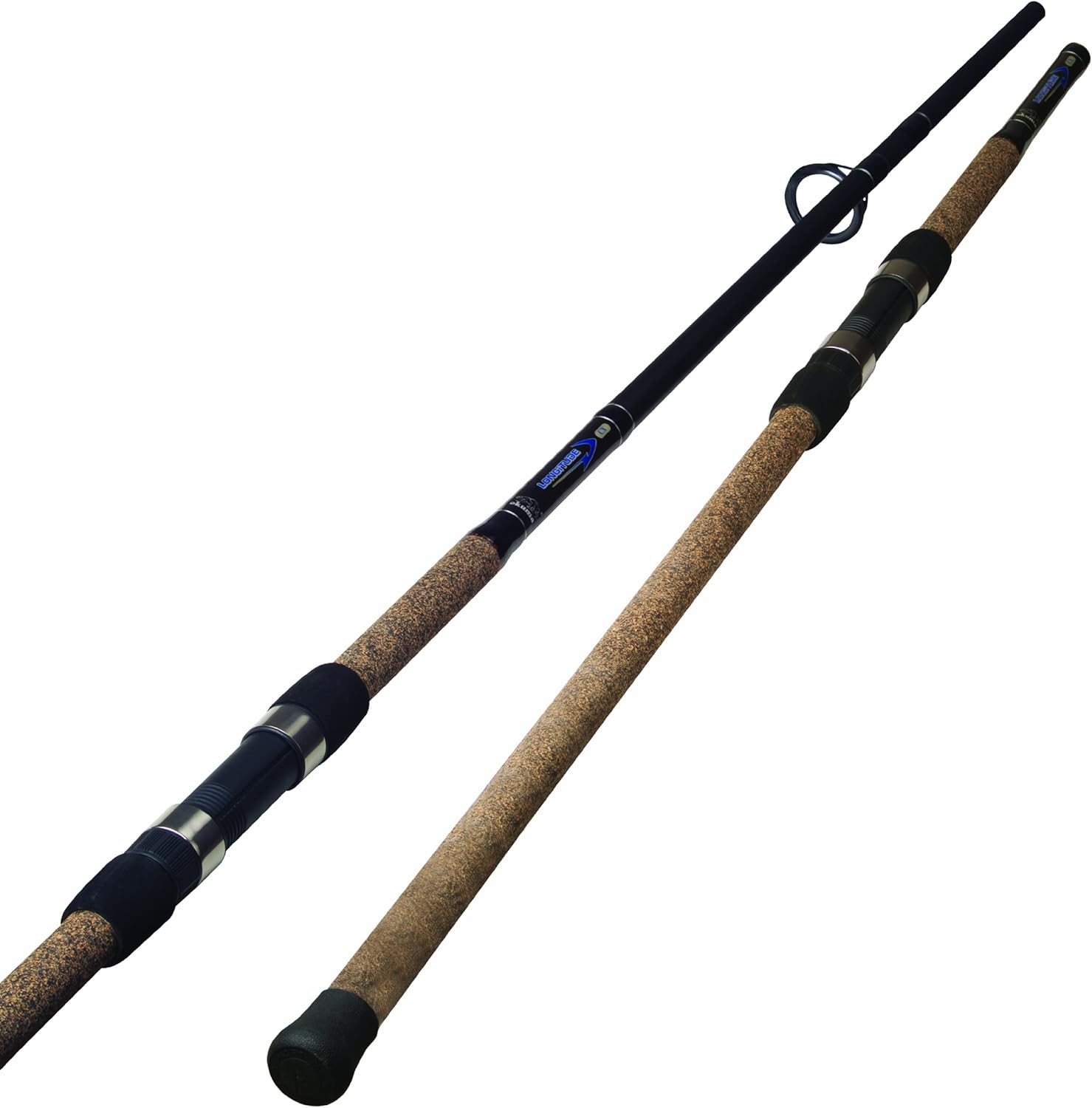
Okuma Longitude Surf Rod (7′ version):
Although marked for light surf, this rod doubles nicely as an inshore stick, especially if you’re after bigger fish near jetties or bridges. Okuma’s guides and reel seats are made for saltwater use. The slightly heavier action helps when you want to set free a bigger lure or target redfish near structure.
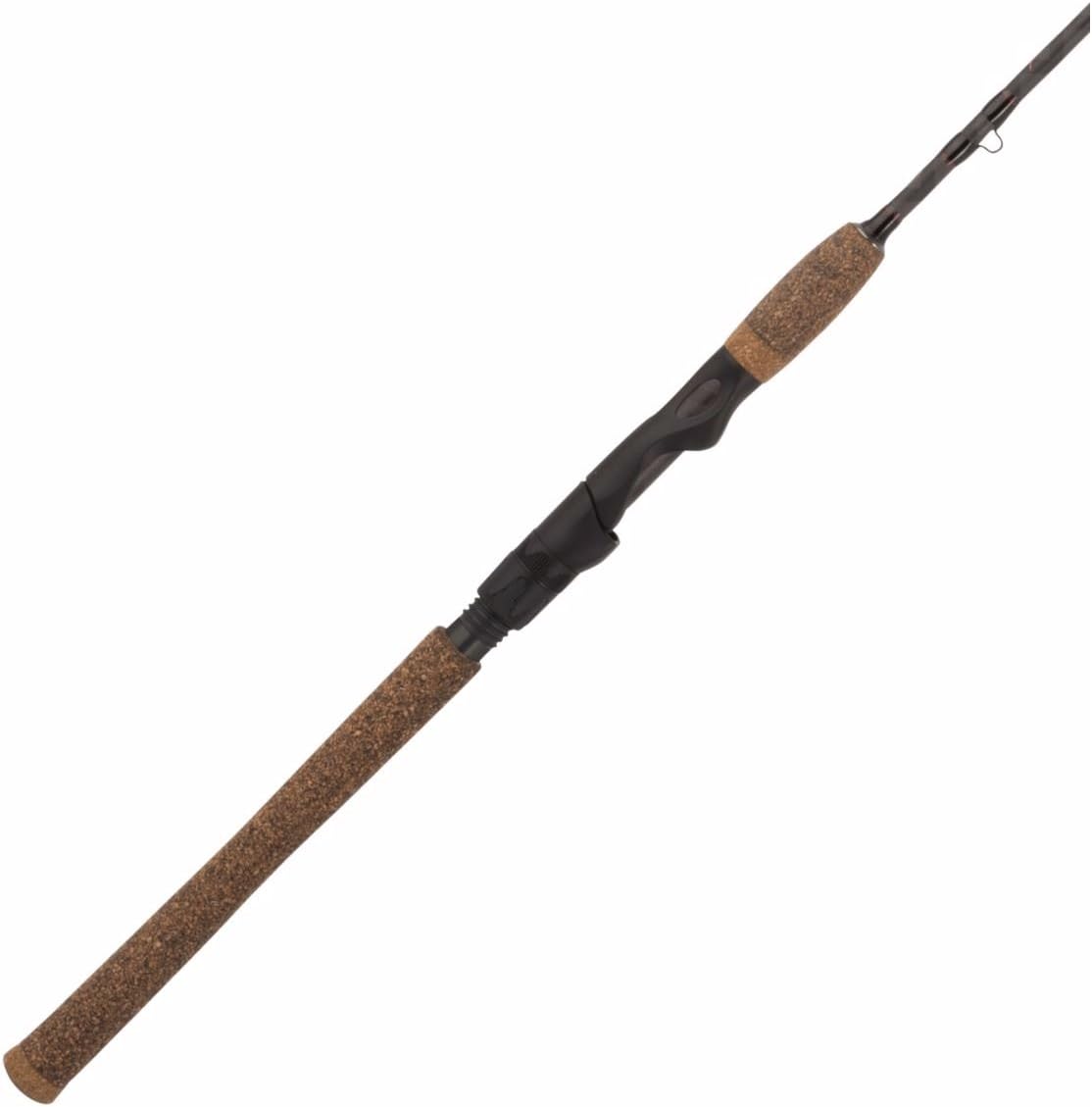
Berkley Lightning Rod Inshore:
Berkley Lightning rods are a classic for anglers on a budget. The Inshore model, with stainless guides and an ergonomic handle, stands up well to tough conditions. When you want all-in-one performance that’s easy on your hands, this rod deserves a look.
For more options and a broader list, you can always check out local angling groups, where people love to jump into equipment comparisons and share what’s working best for them. This lets you get a sense of crowd favorites and real-world reliability before you buy.
Common Challenges When Shopping for Budget Inshore Rods
Finding the right rod under $100 does come with tradeoffs. Here are some challenges and how I handle them:
- Corrosion risk: Cheaper rods might use less stainless material or lower-end hardware, which means you have to be more diligent about rinsing and drying your gear after every outing. Even a quick rinse with fresh water goes a long way in preventing salt buildup and corrosion.
- Sensitivity: Lower-priced rods might be heavier or less sensitive than higher-end graphite rods. I focus on feeling for bites through the line and matching my setup with a more sensitive reel or braided main line. Using a quality line can help make up for some of the lost sensitivity.
- Guide quality: Some budget rods have guides that can groove over time, especially with heavy use of braid. I check guides for wear every few trips and replace rods or guides if they start to show damage. Over time, swapping out guides is a small price to pay to extend the life of a favorite rod.
- Limited versatility: Budget rods are sometimes designed for a specific lure weight or species range. I make sure to pick the rod that covers most of the fishing I do. When in doubt, go for something that leans toward being versatile rather than ultra-specialized.
Personal Maintenance Tips
I always rinse my rod and reel with fresh water after every saltwater trip. Even quick rinses help avoid corrosion. Loose guides or handles should get a quick fix at home, not after a fish breaks something out on the water.
Storing rods vertically and out of the sun also keeps them in shape longer, no matter what I paid for them. A rod rack or a simple corner in the garage can make a big difference in longevity, and checking your rod’s components monthly will help you spot small issues before they turn into bigger headaches.
Frequently Asked Questions
Here are answers to questions I get from friends or see online about saltwater inshore rods under $100:
Can rods under $100 really handle saltwater?
Yes, as long as the rod has quality guides and hardware, and you take care of it after every trip. Some trusted brands build affordable rods tough enough for years of saltwater use. Regular maintenance is the key that helps these rods go the distance.
What’s the ideal rod power and action for inshore fishing?
I recommend a 7-foot, medium power rod with a fast action. This gives you the backbone for redfish and snook but enough tip flexibility for seatrout and smaller species. With this setup, you’re ready to tackle most situations you’ll run into in bays and tidal creeks.
How often should I replace guides on budget rods?
I check for grooving or rust every few trips. If I see wear, I replace the guides or sometimes retire the rod. Keeping an eye on them avoids losing fish to equipment failure. Swapping out a guide is simple and much less expensive than losing a trophy fish.
Practical Uses for Budget Inshore Rods
Budget rods work great for weekend anglers, travel spares, or as dedicated sticks for live bait rigs. I keep a couple of lower-priced rods for guests or rough conditions when I don’t want to risk more expensive gear. These rods are flexible enough for beach, pier, and kayak fishing, making them a solid fit for anyone starting in saltwater or for those who just want to keep things simple and affordable.
If you’re looking to jump into inshore fishing or just want to add another rod to your lineup without breaking the bank, you have a variety of good choices. Going for quality within your budget can make saltwater fishing experiences more comfortable, productive, and fun.
A reliable inshore rod under $100 lets you cover the water with confidence without stressing about the cost. Keep an eye out for seasonal sales, research your options, and back up your purchase with regular care. You’ll soon find a great rod that deserves a place on the boat or in the back of your car. With the right gear and a little preparation, your next cast could be the one that makes your day.
Check Out Our Most Recent Articles:
- Okuma Makaira Spinning Reel
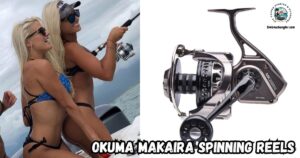
- Technology For Pre Scouting Fishing Locations

- 6 Advantages of the Okuma Azores Blue Saltwater Spinning Reel
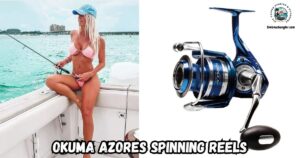
- How Does The 80/20 Rule Apply To Saltwater Fishing
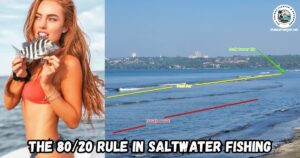
- KastKing Estuary Inshore Saltwater Fishing Rods Are A Practical Choice
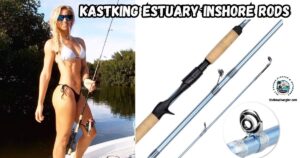
- 4 Top Spots for Ocean Salmon Fishing In The Pacific Northwest

As always, stay safe, enjoy the journey, and please try to leave it cleaner than you found it. If you have any comments, questions, ideas, or suggestions, please leave them in the comment section below, and I’ll get back to you ASAP. You can follow us on Facebook: Rex The Beach Angler, Instagram: thebeachangler7, Twitter: @AnglerBeach, and YouTube: Man Art Creations.
P.S. Thanks so much for checking out our blog; we really appreciate it. Just so you know, we may receive a commission if you click on some of the links that appear on our site. This helps us keep our content free and up-to-date for everyone. We appreciate your support!
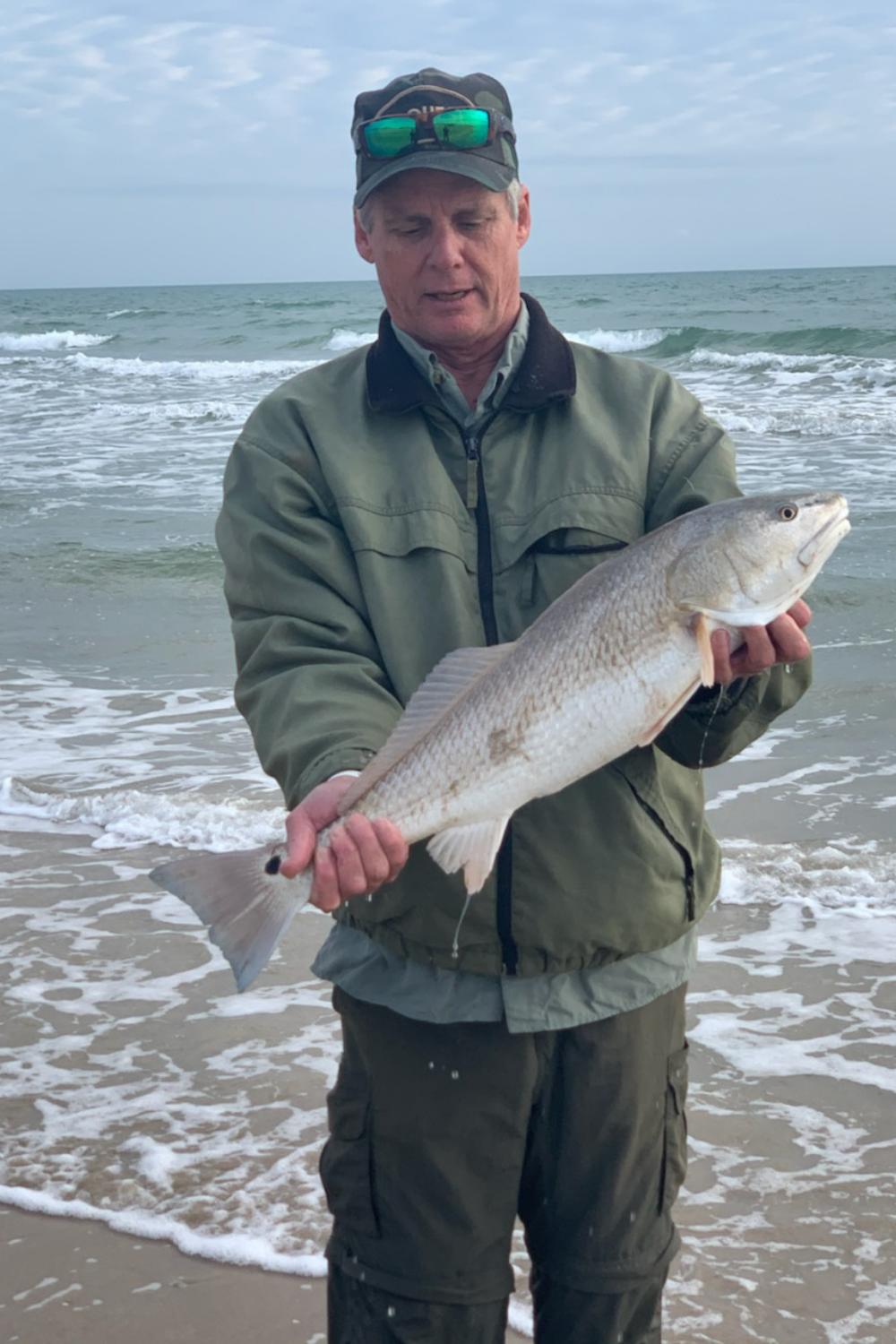
A life long surf fisherman with 50+ years of experience, I am also an avid hunter and outdoorsman. I will be sharing my passion for the outdoors with you so be prepared for hunting, fishing, camping, hiking and more. Along with gear reviews and the latest trends and innovations in the outdoor industry.
